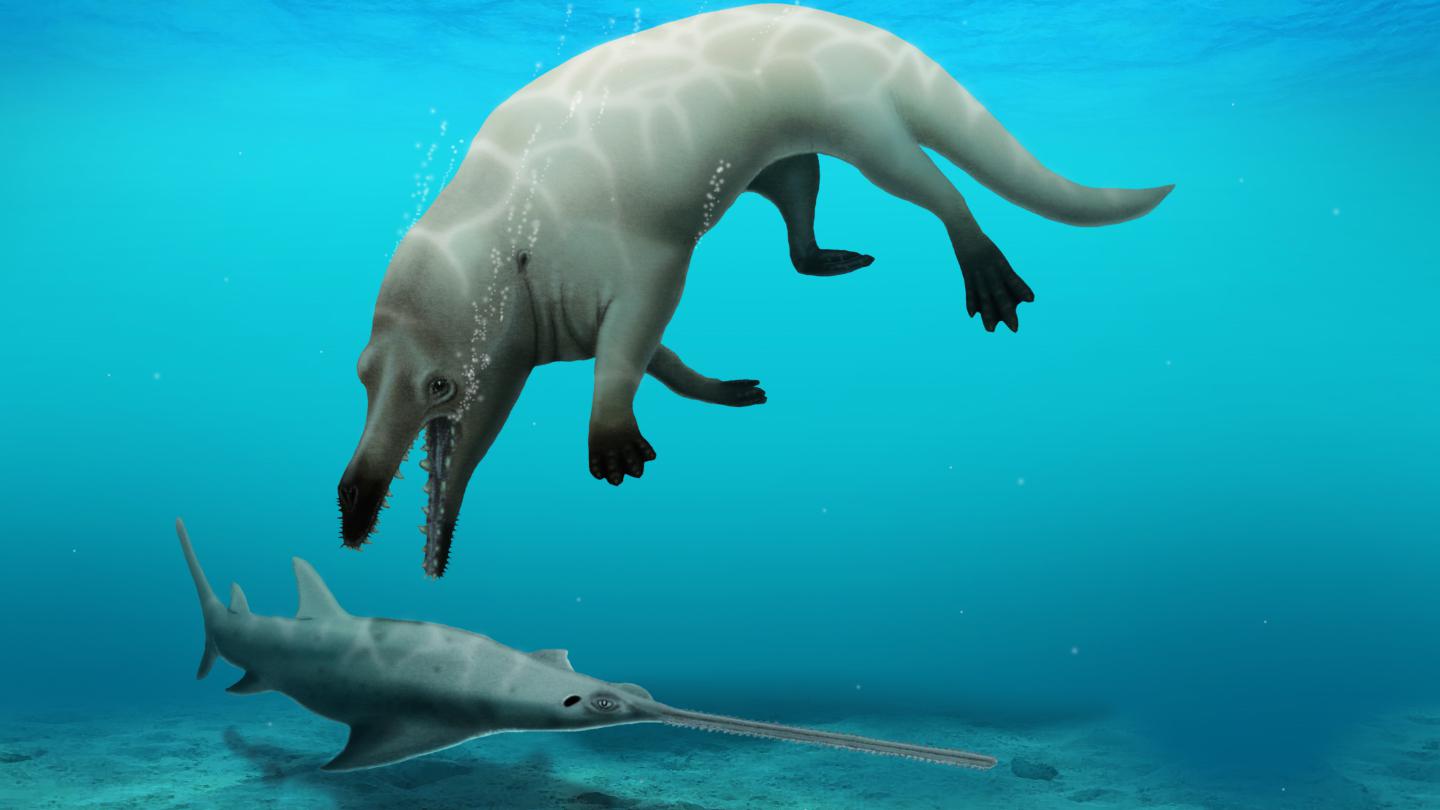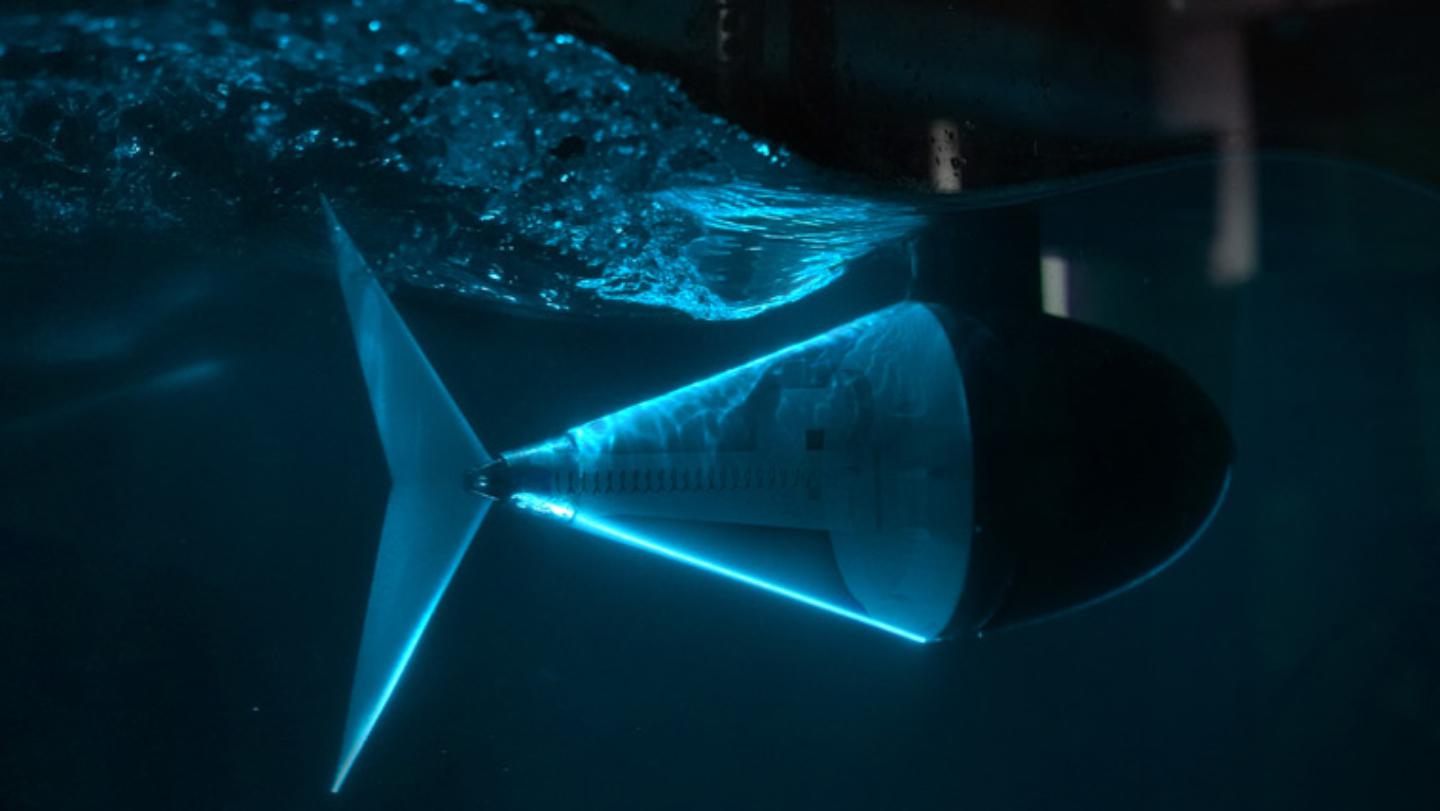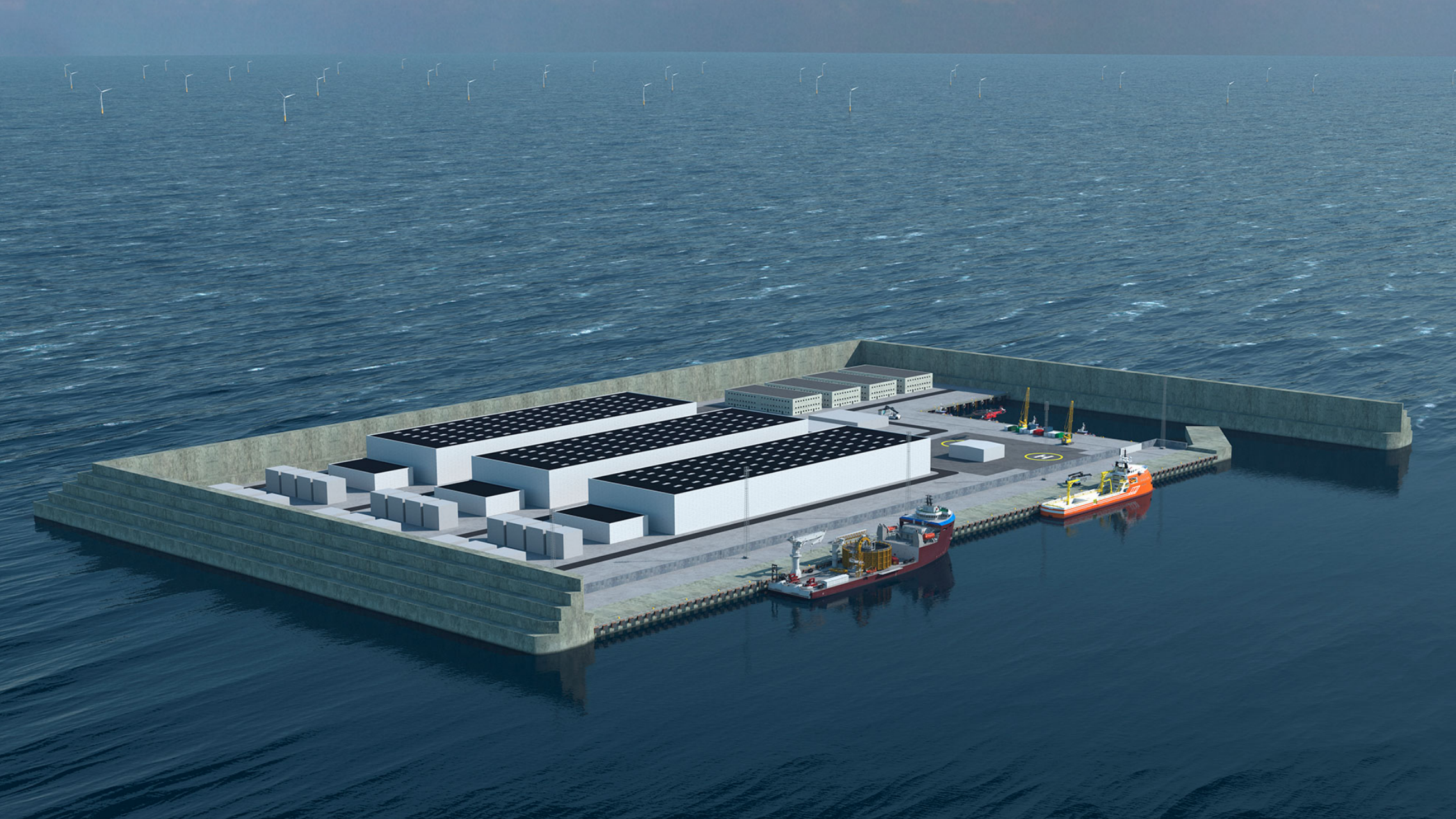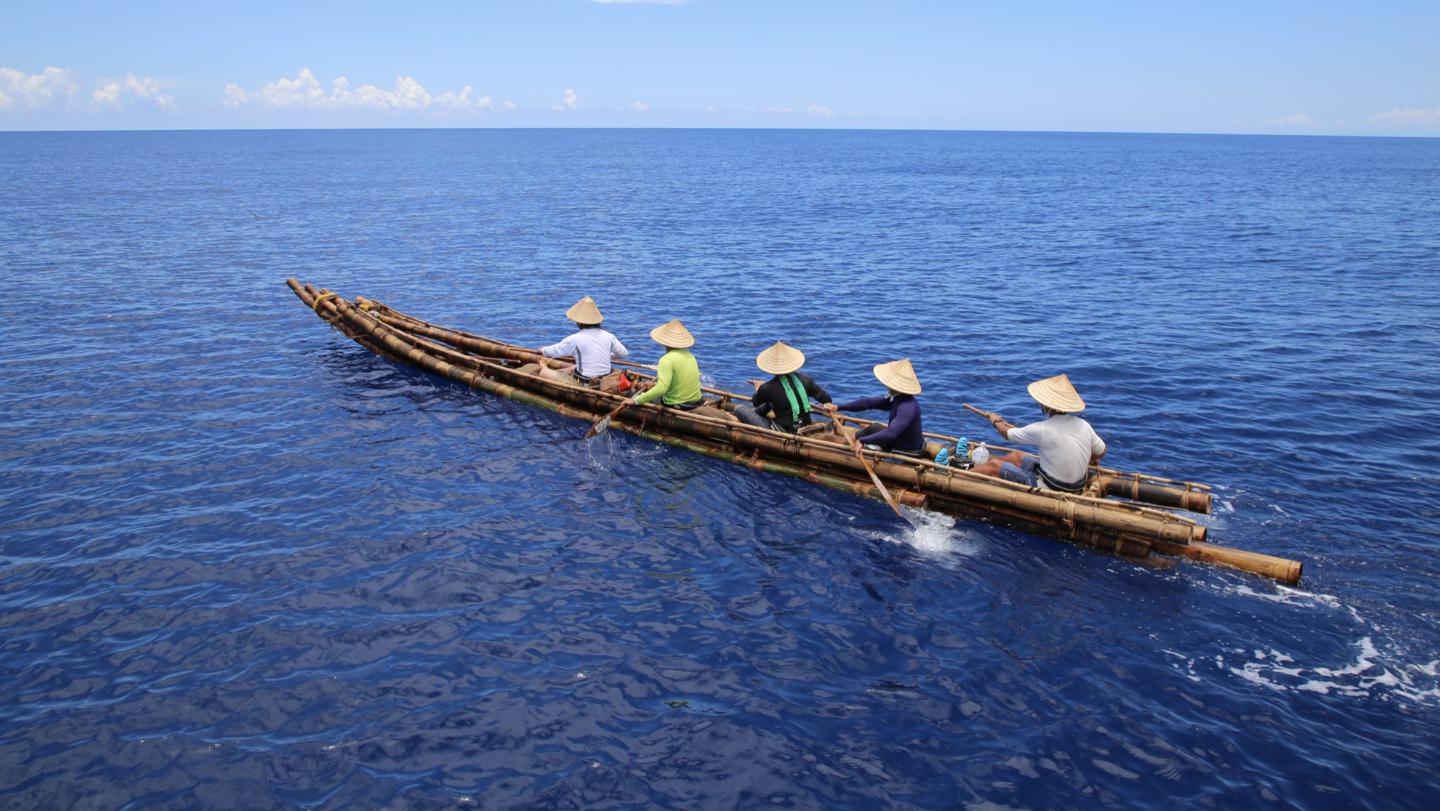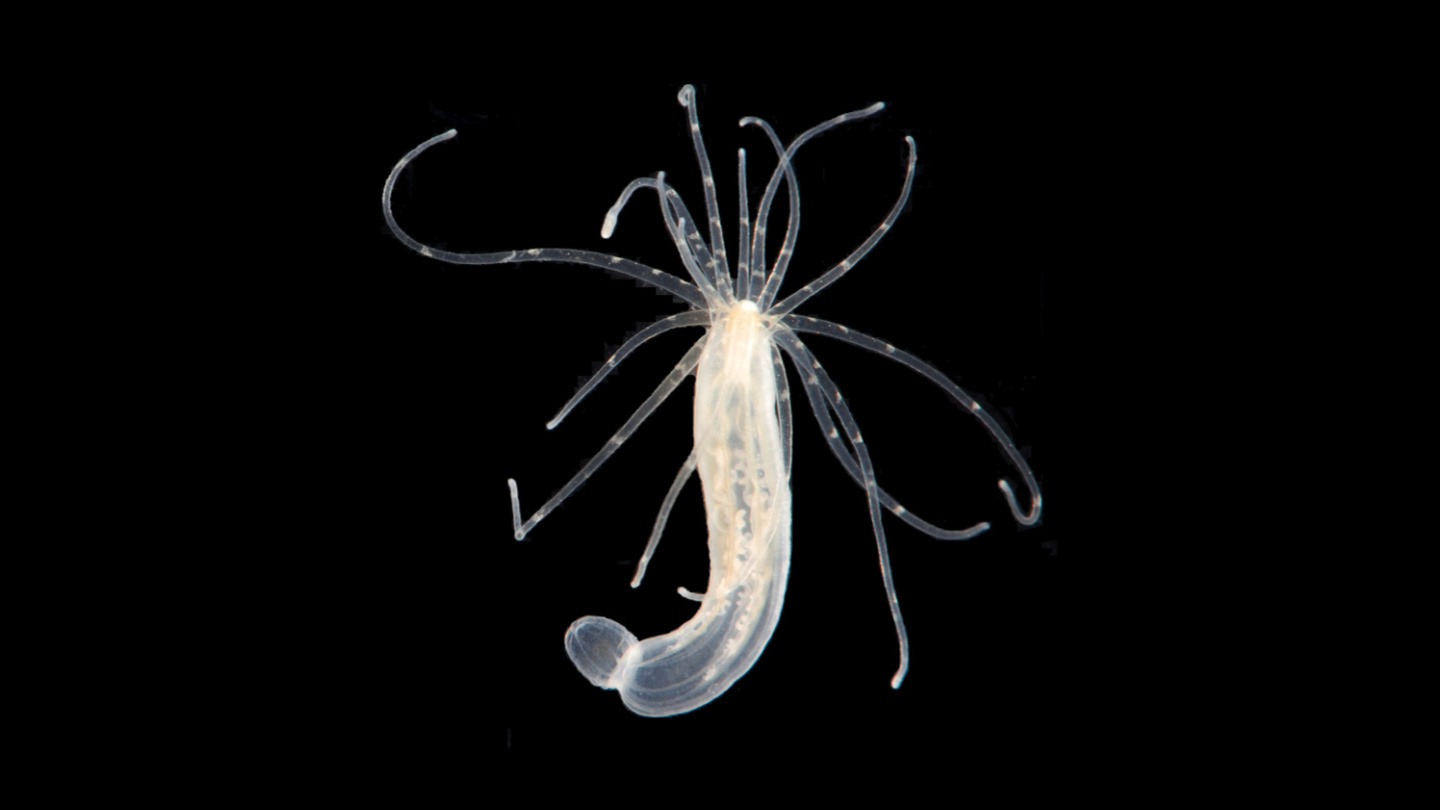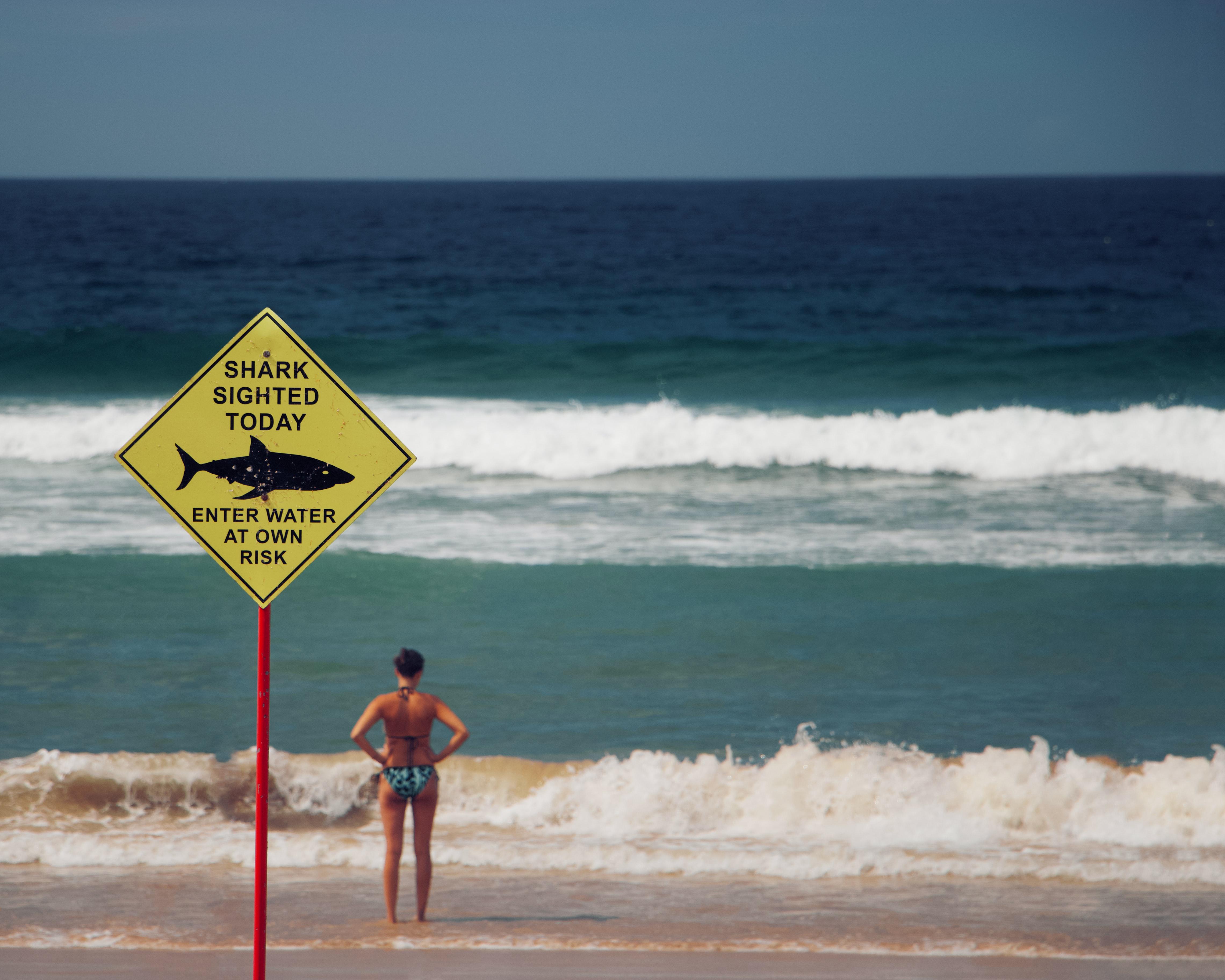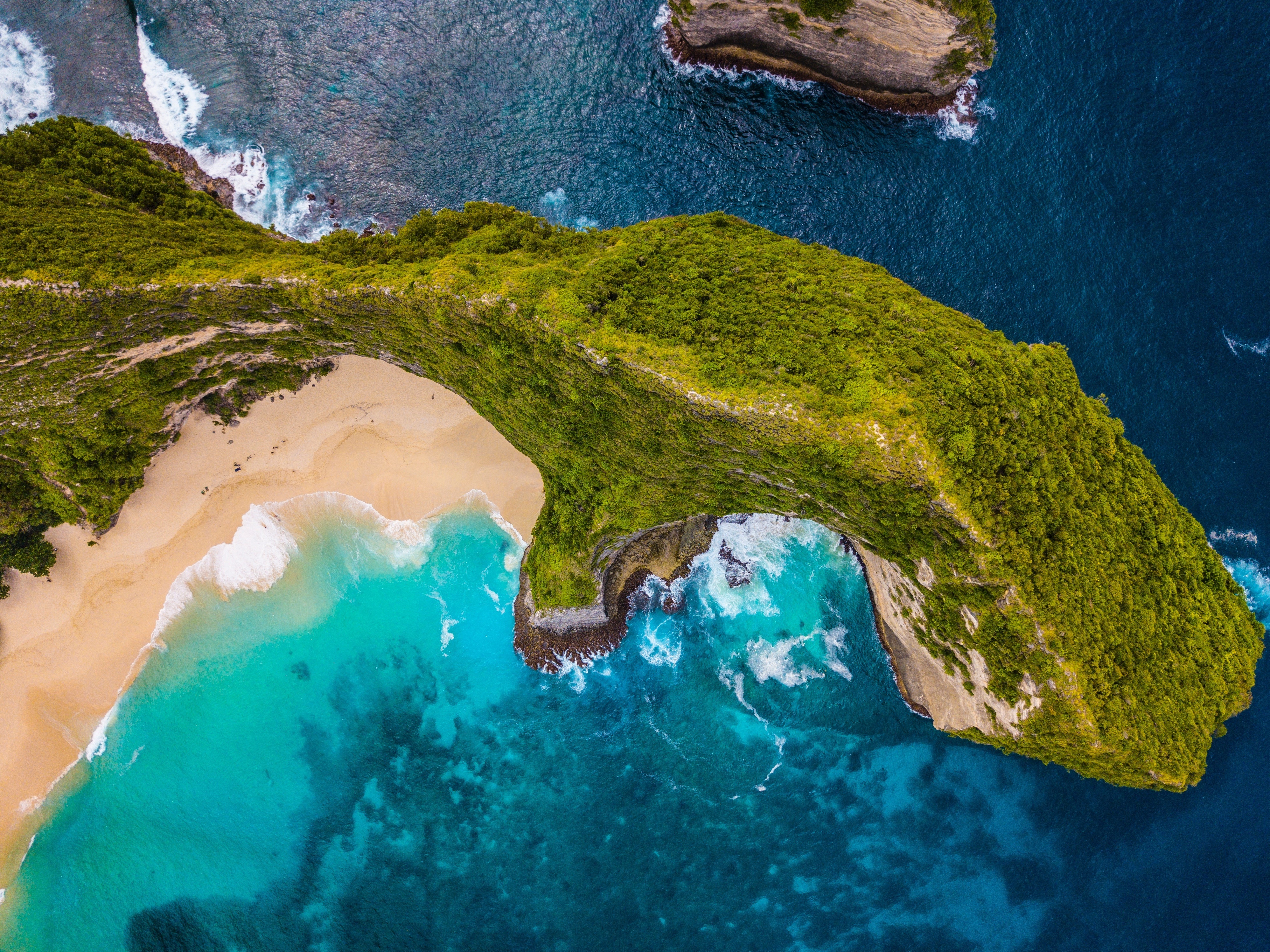ocean
Yet another ocean monster has been discovered.
A new tuna robot leads the way to more agile underwater robots and drones.
An artificial island in the North Sea is the biggest building project ever in Danish history – and could pave the way for many more.
A new study shows that at least one long-ago journey would have required deliberate navigation.
A clever new design introduces a way to image the vast ocean floor.
A new study finds that starlet sea anemones have the unique ability to grow more tentacles when they’ve got more to eat.
The relatively quick evolution of nine unusual shark species has scientists intrigued.
Climate-driven changes in phytoplankton communities will intensify the blue and green regions of the world’s oceans.
It has experts baffled.
